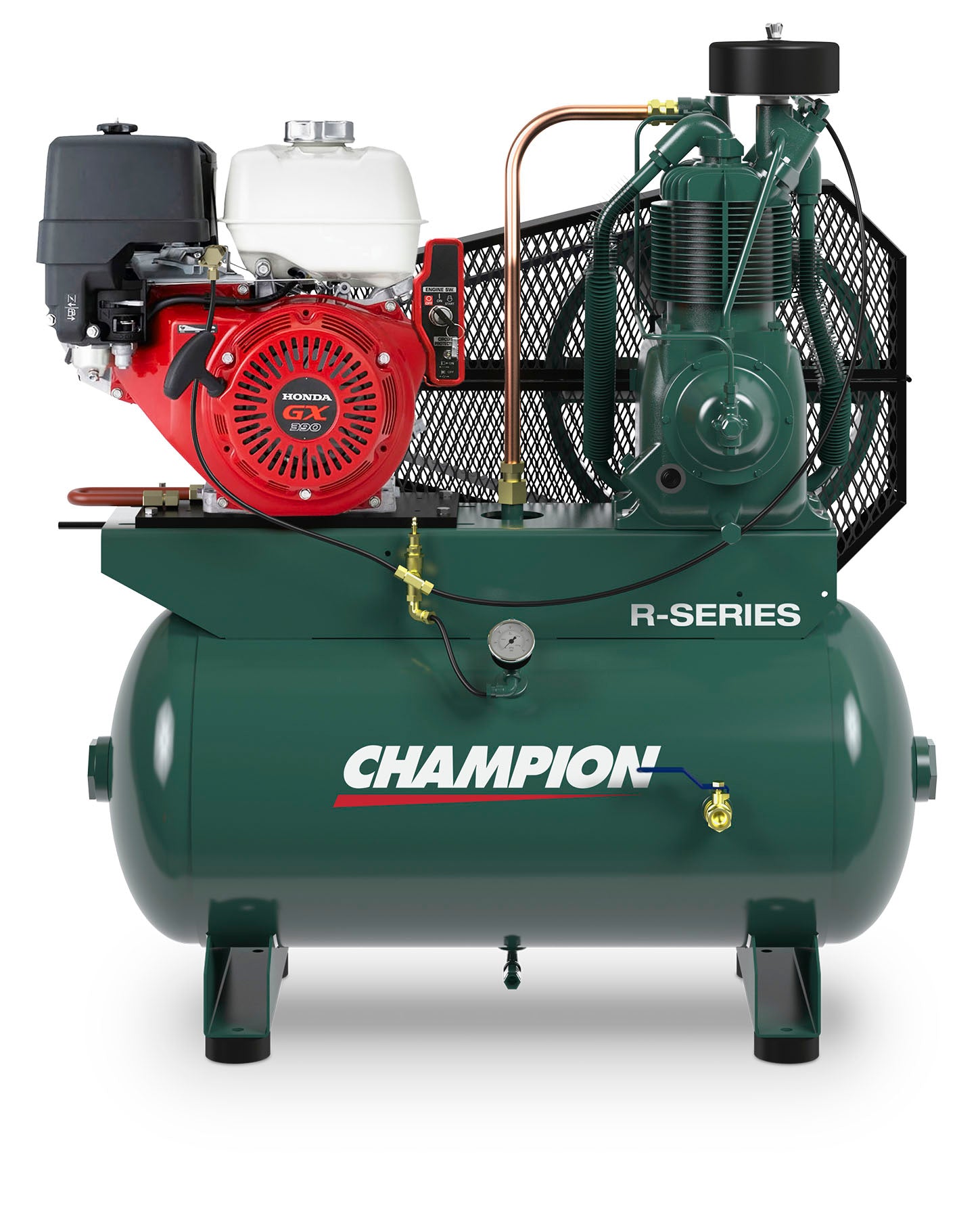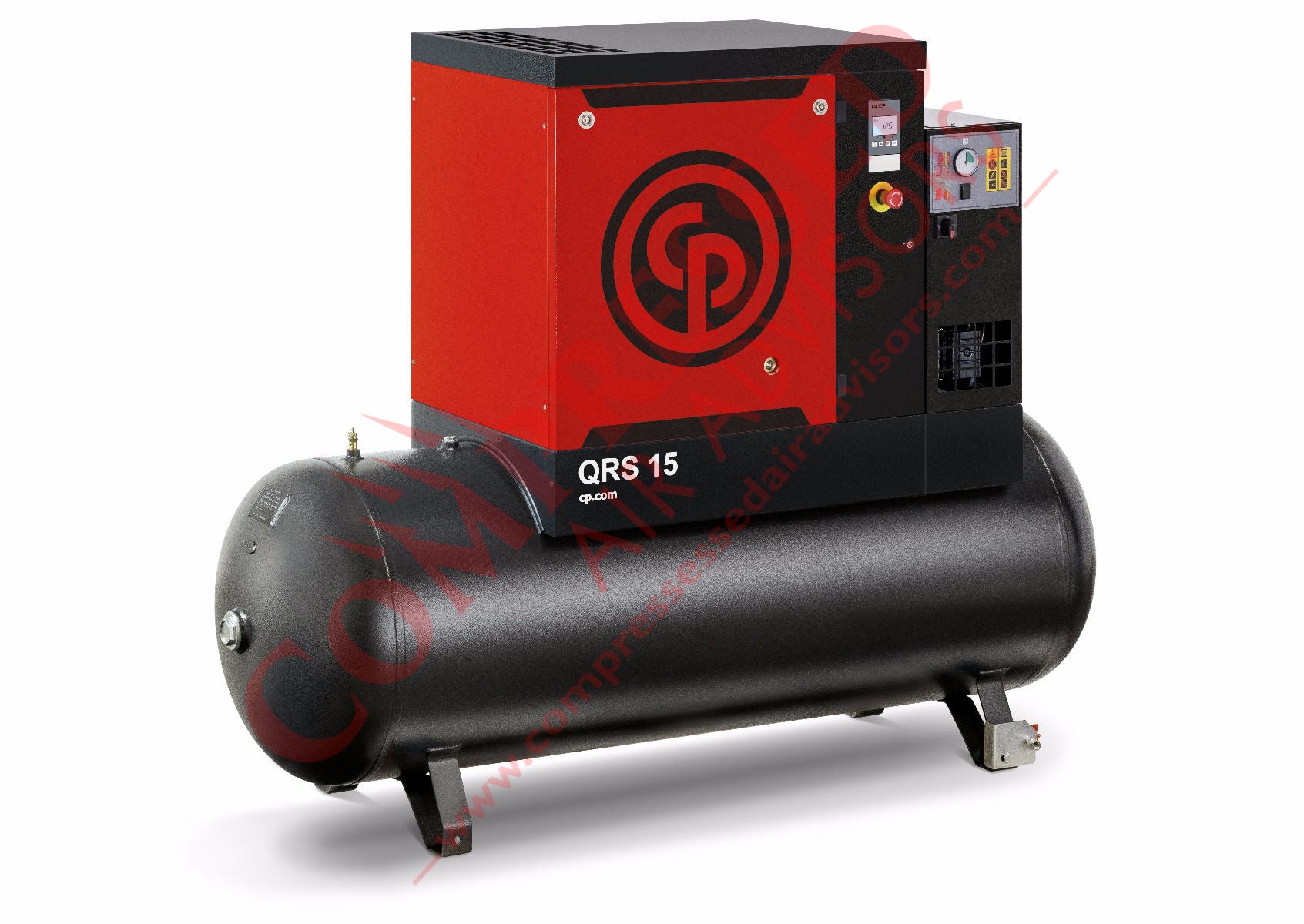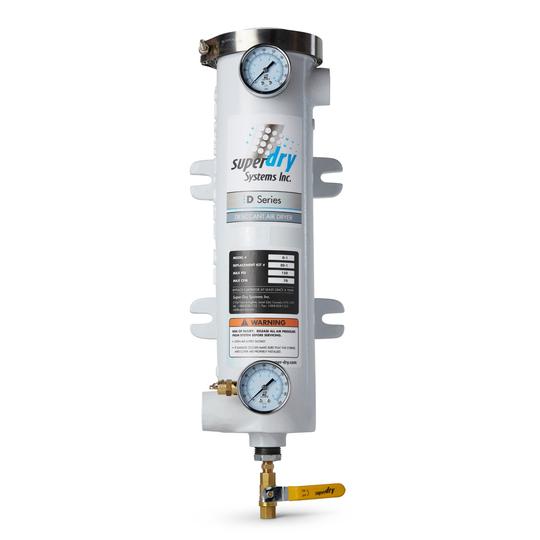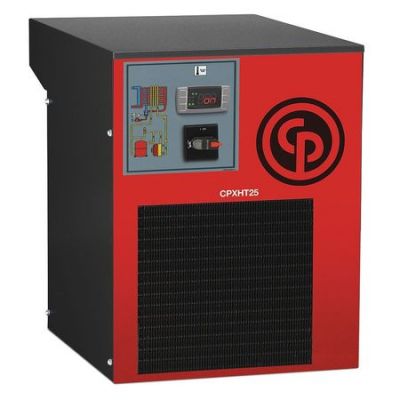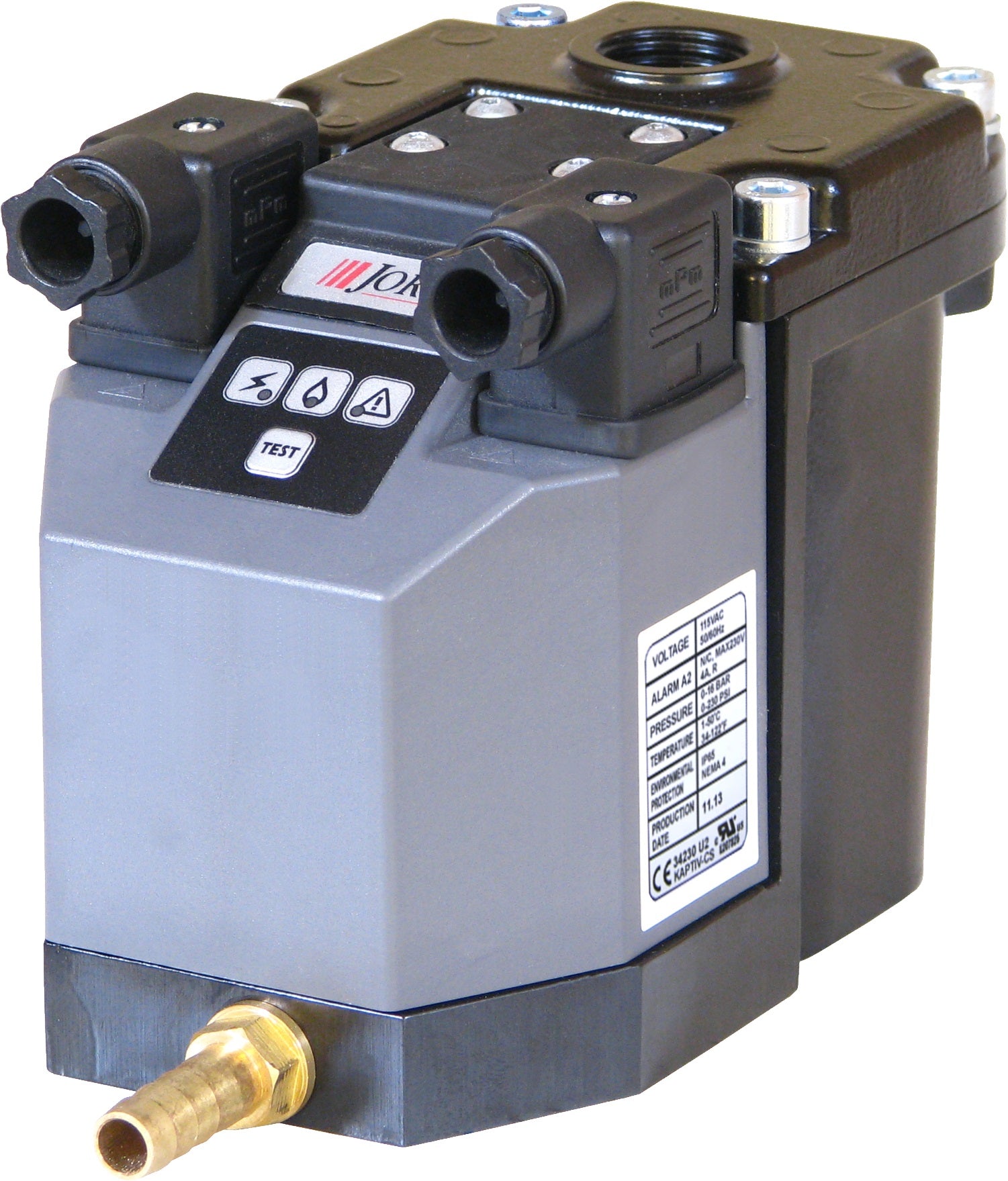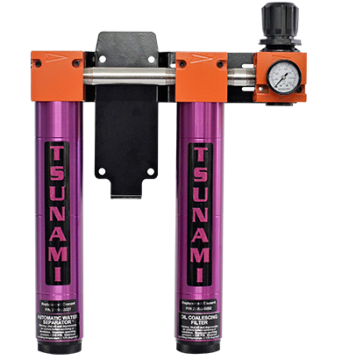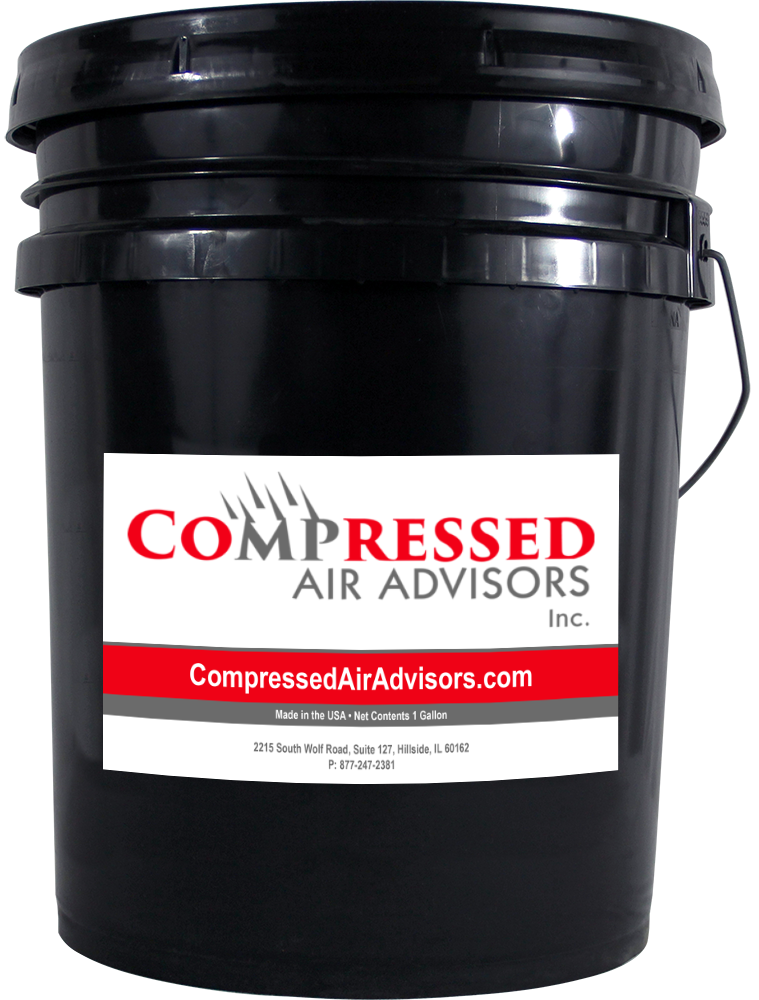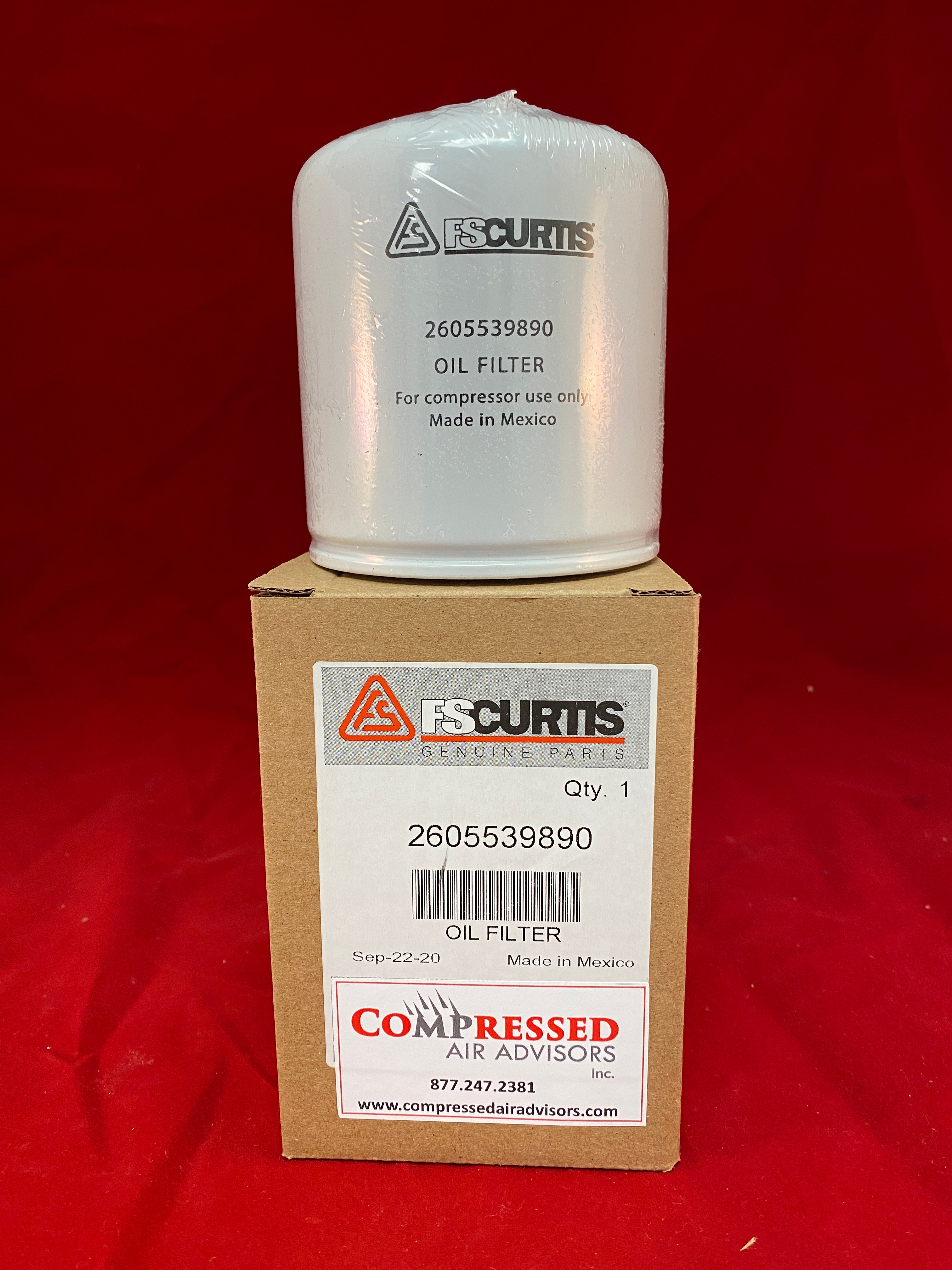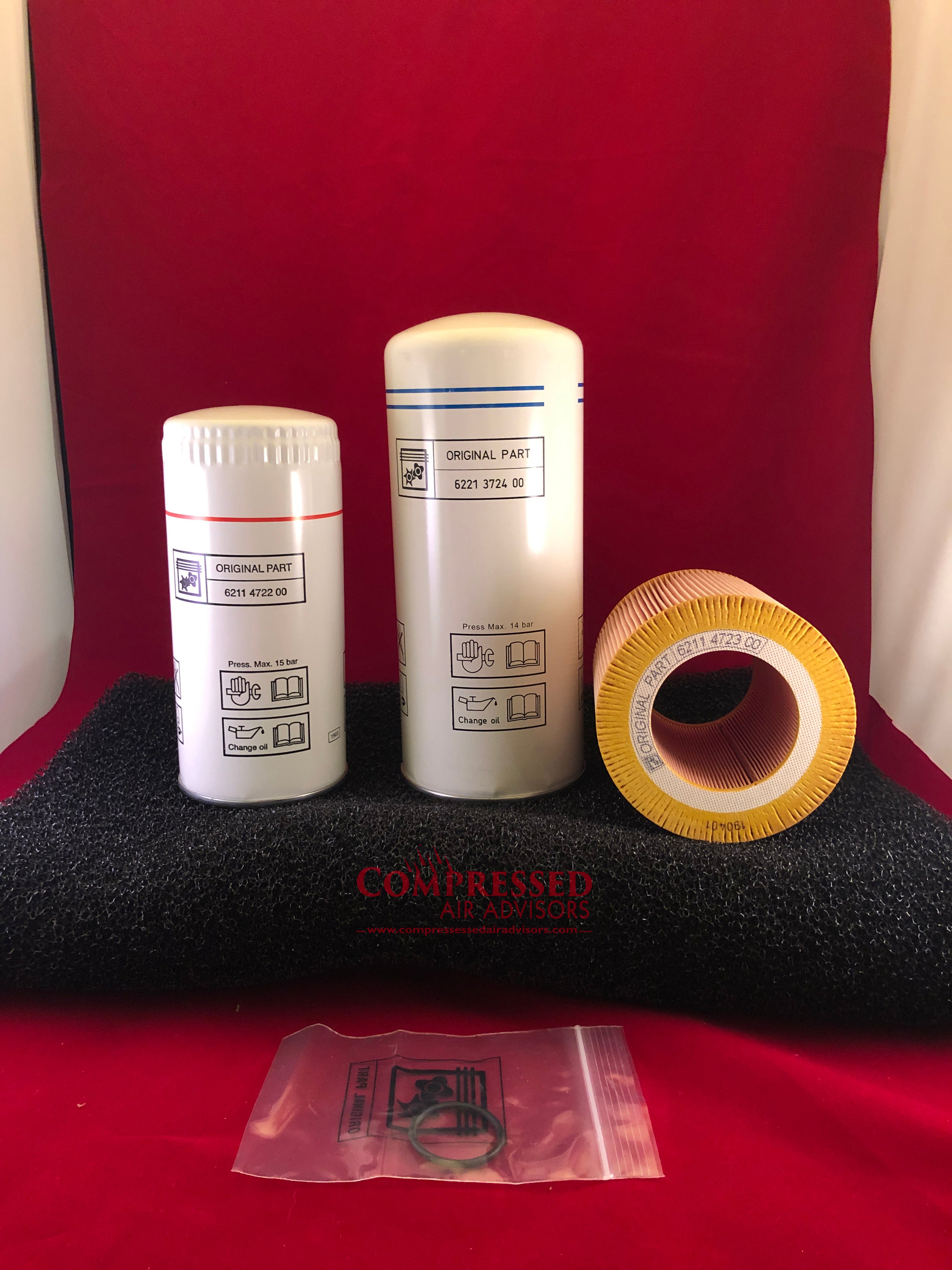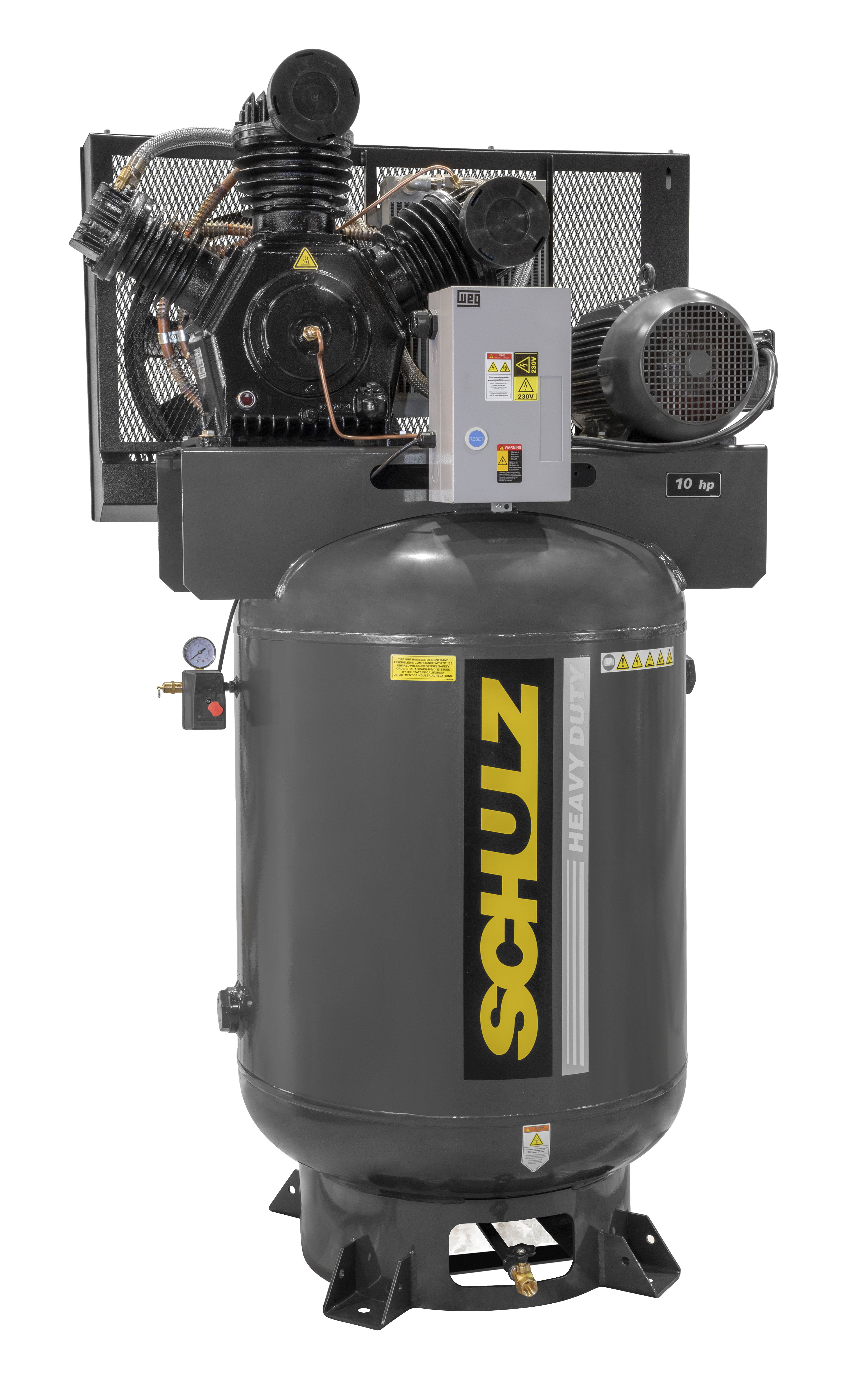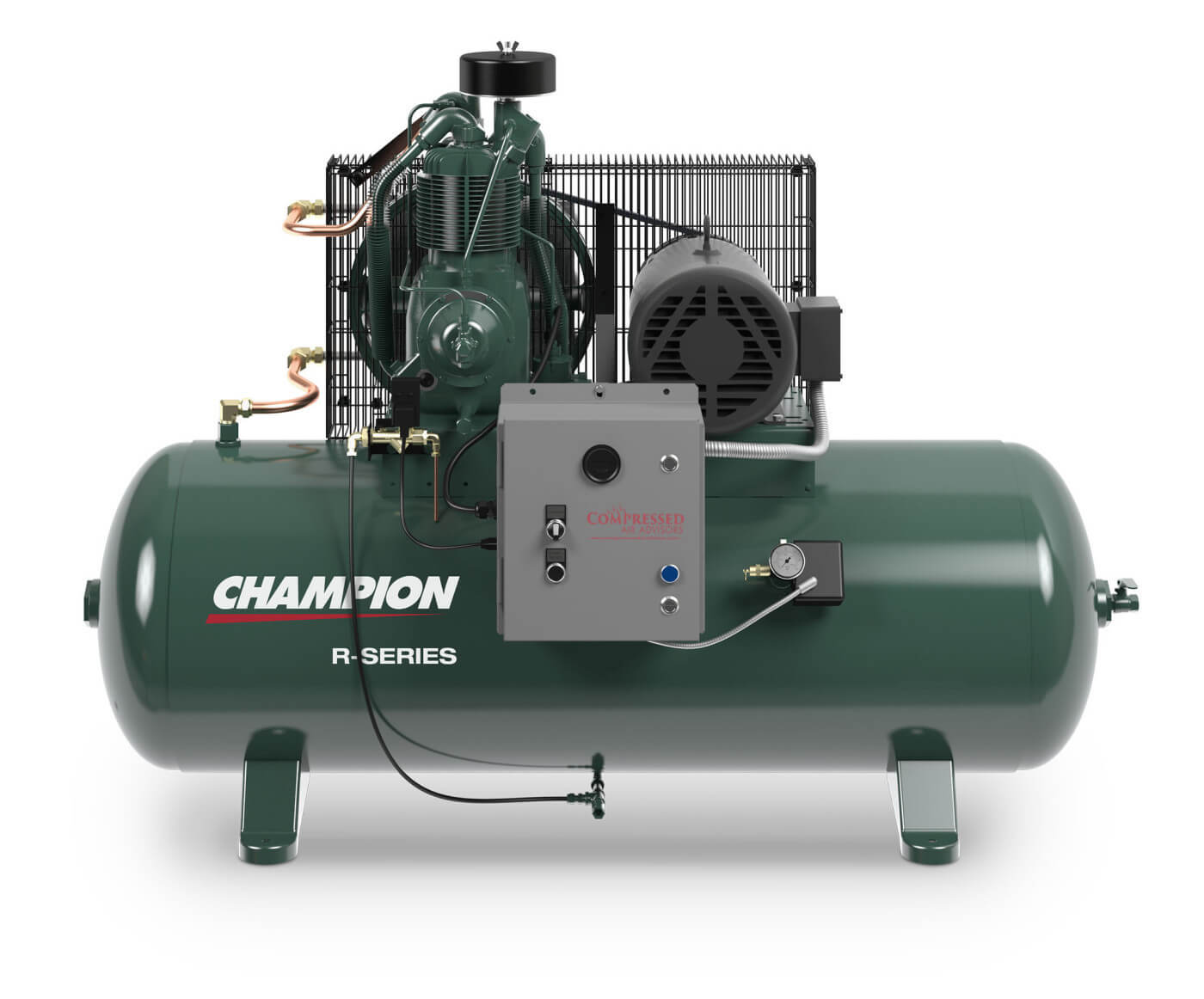Introduction
In automotive repair, an air compressor is essential for powering tools and processes like airbrushing and tire inflation. This guide covers the critical aspects of building a reliable and efficient compressed air system specifically designed for automotive repair shops. A well-planned system will increase productivity, reduce downtime, and maintain a safer, more comfortable work environment, allowing your team to deliver the best service to clients.
Choosing the Right Air Compressor for Your Shop
A common misconception in automotive shops is that more horsepower equals better performance. In reality, the airflow, measured in cubic feet per minute (CFM), is the key factor in determining your shop’s compressed air needs. Selecting an air compressor based on airflow rather than horsepower can save energy and reduce costs.
Evaluate Your Shop’s Airflow Requirements: Begin by analyzing your shop's air usage patterns and calculating your required CFM. This will ensure you invest in the right equipment for your specific needs.
Types of Compressors for Automotive Applications: Automotive repair shops typically use two main types of compressors: Piston (Reciprocating) Air Compressors and Rotary Screw Air Compressors. Each type has unique benefits, so choosing the right one is crucial.
Piston (Reciprocating) Air Compressors
Piston air compressors come in Single-Stage and Two-Stage models:
- Single-Stage Compressors: These compress air in one stroke, suitable for pressures between 70 and 90 psi, with maximum pressures up to 135 psi.
- Two-Stage Compressors: These models are ideal for applications that require higher pressures, offering maximum pressures up to 175 psi. The two-stage process, with intercooling between stages, increases efficiency and provides reliable power for demanding jobs.
Rotary Screw Air Compressors
For jobs needing higher and more continuous psi levels (from 100 to 200 psi), rotary screw compressors offer a reliable solution. Many rotary screw models include an integrated dryer, oil separator, dual filtration, and condensate drain system, simplifying installation and eliminating up to 80% of the costs associated with separate air treatment equipment. Additionally, these compressors produce less noise, creating a quieter, more pleasant work environment.
Reducing Shop Noise with Rotary Screw Compressors
In a bustling automotive shop, excessive noise can hinder communication and create safety risks. Piston compressors, while powerful, are often as loud as a motorcycle. Rotary screw compressors, by contrast, operate more quietly due to their continuous intake flow, reducing pulsation noise. In fact, some rotary screw models are as quiet as a household dishwasher, making them an excellent option if noise reduction is a priority.
If upgrading to a rotary screw compressor isn’t feasible, there are steps you can take to reduce noise from a piston compressor:
- Relocate the compressor to a different area of the shop.
- Build an enclosure with sound-absorbing panels.
- Install a muffler or remotely plumb the intake filter.
Protecting Your Investment with Preventive Maintenance
Just as you maintain your tools, keeping up with regular compressor maintenance protects your investment and keeps operations running smoothly. Using original manufacturer (OEM) parts ensures optimal compatibility and reduces the risk of premature compressor failure. Basic maintenance can often be done in-house and includes:
- Checking Lubricant Levels: Low lubricant levels reduce performance and can lead to overheating in rotary screw compressors.
- Monitoring for Wear and Tear: Replace worn components promptly to avoid unexpected breakdowns.
Clean, Dry Air for Peak Performance
Moisture and contaminants in compressed air systems can shorten tool lifespan and affect job quality, especially in applications like painting. Here’s how to keep your air clean and dry:
- Use Quality Filters: Regularly monitor and replace particulate filters to remove unwanted oil, water, and dirt.
- Add a Dryer to the System: For automotive applications, a refrigerated dryer works well in ambient temperatures above freezing, while desiccant dryers are ideal for applications needing exceptionally dry air, such as paint booths.
Conclusion
An optimized compressed air system is foundational to running an efficient, productive, and safe automotive repair shop. By carefully selecting the right compressor, reducing noise, and committing to regular maintenance, you can ensure reliable, high-quality service for your clients. Investing in clean, dry air will also protect your tools and improve job quality, particularly in detailed finishing work.
For more information or any questions, contact Compressed Air Advisors Online. We're here to help you find the best solutions for your shop’s compressed air needs.



